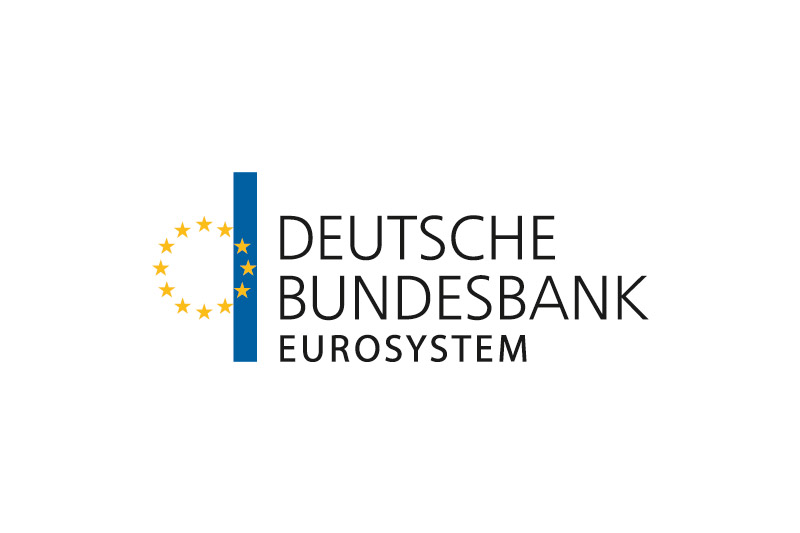Investing.com - The euro fell against the dollar on Monday after news broke that Germany's central bank was willing to back fresh stimulus measures at the European Central Bank if needed.
In U.S. trading, EUR/USD was down 0.39% at 1.3705, up from a session low of 1.3699 and off a high of 1.3772.
The pair was likely to find support at 1.3673, the low from April 4, and resistance at 1.3994, last Thursday's high.
The Wall Street Journal reported the German central bank Bundesbank would back monetary easing measures, including a negative rate on bank deposits and purchases of packaged bank loans, if such tools were needed to keep persistently low levels of inflation from becoming entrenched in the euro zone.
Last week, ECB President Mario Draghi said monetary authorities were “comfortable” with acting at its next meeting in June after reviewing the latest economic projections, and the euro fell on sentiments that European monetary policy is set to loosen.
The single currency also came under pressure after data showed that German economic sentiment slumped to a 16-month low in May.
The ZEW Centre for Economic Research reported that its index of German economic sentiment dropped to 33.1 this month from 43.2 in April. Analysts had expected a reading of 41.0.
The current conditions index improved to 62.1 from 59.5 in April, ahead of expectations of 60.5.
Meanwhile in the U.S., soft retail sales numbers cushioned the single currency somewhat.
The Commerce Department reported earlier that U.S. retail sales rose just 0.1% in April, missing expectations for a 0.4% increase. Retail sales for March were revised up to a 1.5% gain from a previously reported increase of 1.2%.
Core retail sales, which exclude automobile sales, were flat in April, disappointing forecasts for a 0.6% increase. Core sales in March were revised up to a rise of 1% from a previously reported increase of 0.7%
The euro was down against the pound, with EUR/GBP down 0.21% to 0.8139, and down against the yen, with EUR/JPY down 0.30% at 140.09.
On Wednesday, the euro zone is to produce data on industrial production, while the U.S. is to release data on producer price inflation.
